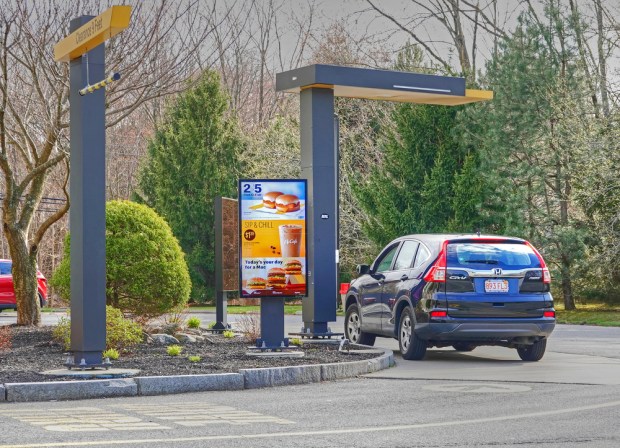
The food service sector is transforming rapidly, and surviving in such a changing environment requires agile retail strategies.
In the last two years, due to high inflation, restaurants have been forced to raise menu prices and cut staff and services while facing an increasingly demanding client in aspects such as convenience, use of technology, or the complexity of menus. The biggest challenge restaurants currently face is providing quality services that meet customer demands without compromising the price, which is not occurring in all cases today.
Staffing in the U.S. restaurant industry declined by 6% since the beginning of 2020. Staffing shortages have had a damaging effect on customer experience, with patrons reporting long wait times and an unpleasing dining experience. All these problems are eroding restaurants’ earnings. According to a PYMNTS Intelligence survey in collaboration with American Express, 22% of consumers would leave a restaurant with long wait times. In addition, delivery services are not performing fully efficiently, with 9 out of 10 customers reporting at least one food order gone awry.
In this regard, well-designed technology targeted at what the consumer demands can help restaurants to be more efficient and keep the current revenue levels without sacrificing the quality of service. To alleviate long waiting times and deteriorating service, 70% of consumers expressed interest in applying technological aids in restaurants, such as customized menus, AI voice assistants, or into the drive-thru process. Some players are reacting to this trend accordingly. Fast food chain Wendy’s, for instance, is testing a solution that automates the drive-thru process with an AI chat using Google technology. Through this system, Wendy’s can receive orders and answer questions, which allows the operator to reduce employees’ workloads and serve clients more efficiently. Along the same, some players are adopting digital payment solutions like Resy Pay to split and pay the check from the mobile, reducing the time spent by customers in processing payment.
However, introducing automation in restaurants not only serves to operate more efficiently but also to generate additional revenues. A recent PYMNTS Intelligence survey found that 4 out of 10 QSRs said online ordering ability would encourage customers to make additional purchases. In this line, Chipotle chain is also testing automated technology to boost the capacity and efficiency of its makelines for eCommerce orders.
While all types of restaurants are rolling out digital tools and new ordering methods, chain restaurants are leading the way in technology adoption by benefiting from larger scales and more frequent clients. In fact, PYMNTS Intelligence and American Express found that chain restaurants are more likely to offer all types of tools, ranging from digital wallets to kiosks for self-ordering or contactless cards. If we look at the different solutions these chains adopt, they all outperform traditional restaurants and, in some cases, even double their adoption rate.
Following this argument, another PYMNTS Intelligence survey found that QSR operators plan to automate nearly half of the store tasks over the next two years, while full-service restaurants plan to do it with only a quarter of the tasks. Considering market forecasts, the global QSR market is expected to grow by 4% between 2022 and 2030 to reach $603 billion. To meet these expectations, restaurants will want to continue embracing technology to better adapt to an increasingly demanding customer.